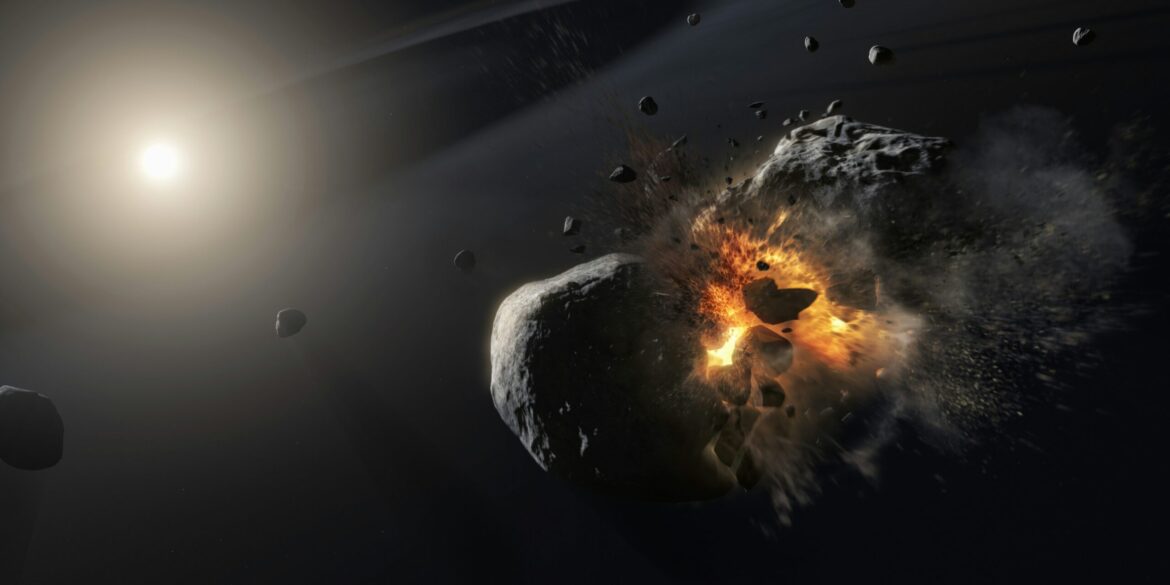On September 9, 2025, NASA confirmed that asteroid 2025 QV9, a 100-foot-wide celestial body, made a close pass by Earth. Traveling at a remarkable speed of over 10,000 miles per hour, the asteroid flew well beyond the threshold distance for potentially hazardous objects, ensuring no direct threat to our planet. Although this asteroid posed no immediate danger, its flyby highlights the ongoing necessity of monitoring near-Earth objects (NEOs) to assess any potential risks they may pose to Earth.
The flyby of asteroid 2025 QV9 serves as an important reminder of the dynamic and constantly shifting nature of our solar system. While this particular asteroid did not come close enough to trigger any concerns, it reinforces the significance of continuing global efforts to track and monitor these objects. Even though this asteroid was not deemed a threat, its trajectory and speed underscore the unpredictable nature of space and the need for early detection and risk assessment of such celestial bodies.
Read Also: https://goodmorningus.com/nasas-asteroid-2025-qh16-safely-passes-earth/
NASA, along with international space agencies, has been working tirelessly to monitor the skies for NEOs, utilizing advanced technology and telescopes to detect objects that might pose a risk. The importance of this monitoring is reflected in the ongoing global discussions about planetary defense strategies. By identifying potentially hazardous asteroids early, scientists are able to study their orbits, predict their future paths, and devise plans in case any of them might one day come too close to Earth.
In recent years, there has been increased cooperation between space agencies and scientists worldwide to share data and research on NEOs. This collaboration is essential to ensure the continued safety of the planet. The observation of asteroid 2025 QV9 is a testament to the effectiveness of such partnerships, as it allowed for detailed tracking of the asteroid’s path and precise determination of its safe distance from Earth.
While the asteroid’s close flyby this time around posed no threat, it is a potent reminder of the necessity for planetary defense. It calls for further investment in technologies aimed at detecting and tracking smaller objects that could cause significant damage if they were to collide with Earth. Continued research and collaboration will remain critical in safeguarding our planet from future celestial threats, ensuring that any potential risks are detected and mitigated well before they can become a danger.
The event also serves as an opportunity for public awareness and education about the importance of space exploration and the ongoing efforts to protect Earth from potential asteroid impacts. As more discoveries are made about our solar system and beyond, humanity’s understanding of these space hazards continues to evolve, reinforcing the need for preparedness and vigilance in the face of the unknown.

